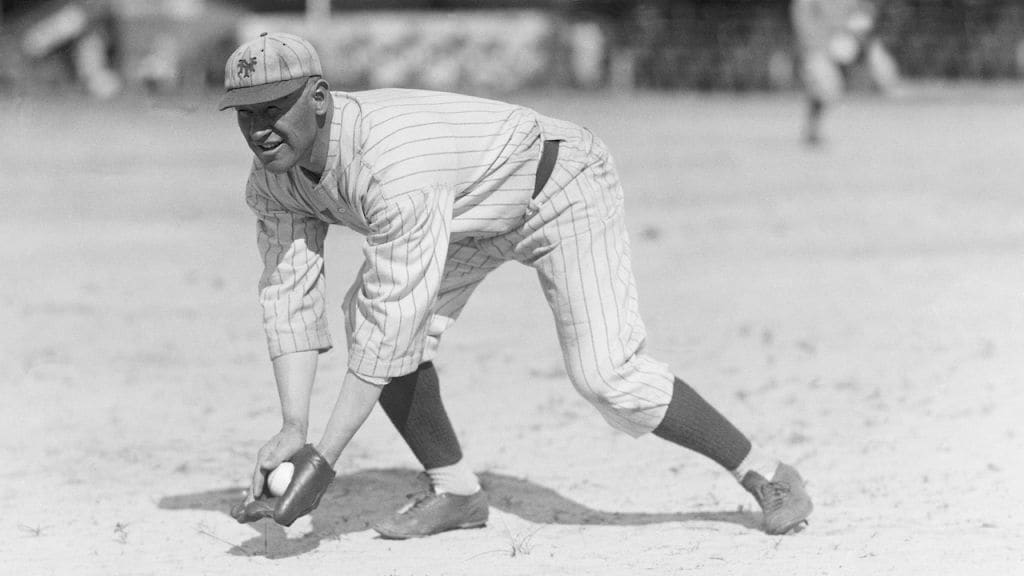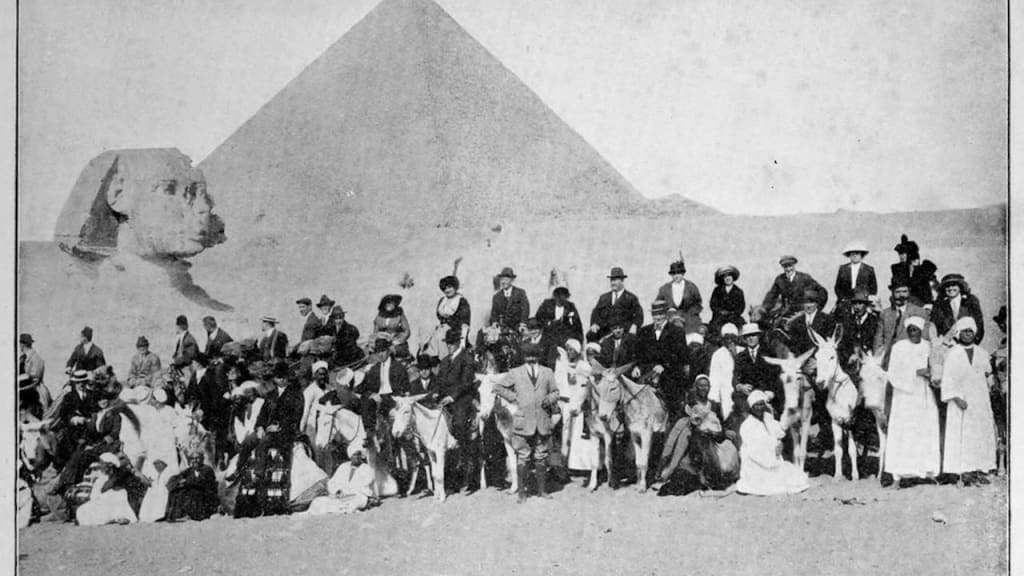
When we think of the greatest athlete we’ve ever seen, many of us will settle on one name: Bo Jackson.
But long before Bo, there was Jim Thorpe.
Sweden’s King Gustav V called him “the greatest athlete in the world” after watching him sprint in the 1912 Stockholm Olympics, purportedly drawing the reply, “Thanks, King.”
Future U.S. president Dwight D. Eisenhower, who was injured trying to tackle him in a college football game the same year, said, “He never practiced in his life, and he could do anything better than any other football player I ever saw.”
Coach Glenn “Pop” Warner -- for whom an entire level of youth football was named -- referred to him as “the greatest all-around athlete in the world” as he became an All-American halfback/kicker for Warner’s Carlisle Indian Industrial School team.
So incredible was his story that Burt Lancaster played him in a 1951 biopic.
In addition to track and field and football, he excelled in the sports of basketball, hockey, golf, gymnastics, swimming, boxing, lacrosse, bowling and handball, to name a few. (He even won a national ballroom dancing competition in 1912.)
Thorpe’s exploits are mythical in their stature, having taken place before television and even radio. While we can watch footage of the incredible Jackson hurdling defenders as an NFL running back or walking on outfield walls as an MLB outfielder in the 1980s and ’90s, Thorpe is said to have been just as great of an athlete, if not better.
Thorpe is enshrined in the Pro Football Hall of Fame in Canton, Ohio -- a town in which he served as not only a player for the American Professional Football Association’s Bulldogs, but also as the president of that organization from 1920-21, a year before it became the National Football League.
You may have noticed by now that one sport has been conspicuously absent from this discussion so far. What about baseball?
Baseball was no exception. Thorpe played Minor League ball with the Rocky Mount Railroaders of the Class D Eastern Carolina League from 1909-10. Little did he know at the time that this two-year stint in pro baseball would lead to his Olympic gold medals being stripped.
After winning gold in the 1912 Olympics, Thorpe’s medals were revoked after it came to light that he had inadvertently broken Olympic rules by playing baseball for compensation. But while that was heartbreaking for Thorpe, it did lead to a new opportunity: the Major Leagues.
Less than a month after losing his amateur status, on Feb. 1, 1913, Thorpe signed a three-year, $18,000 contract to play for John McGraw’s New York Giants -- that’s about half a million dollars today.
“I have always liked baseball more than any other sport,” Thorpe told the New York Times upon signing his contract. “ … It has been my ambition to become a big league ballplayer since my school days were over, and now I have the chance to have the ambition of my life realized.”

Thorpe had blinding speed on the bases and a great throwing arm for an outfielder. But as excited as he was to become a big leaguer, and even with all of the athletic success in his life to that point, Major League Baseball proved to be a challenge.
He hit just .143 with one extra-base hit in 19 games for the Giants in 1913, spending most of his time on the bench and perhaps serving more as a drawing card than a contributor on the field. The next two seasons were more of the same.
In 1917, McGraw’s Giants loaned Thorpe to the Reds, for whom he was somewhat better at the plate, hitting .247/.267/.367 with two doubles, eight triples and four home runs in 77 games.
That fall, after returning to New York, Thorpe technically appeared in Game 5 of the World Series against the White Sox, but even though he was in the starting lineup against Chicago starter Eddie Cicotte, he was held back for a pinch-hitter before getting a plate appearance.
Admirably, Thorpe got better as time wore on -- from 1918 through his final MLB season in ’19, he hit .294/.329/.408 in 120 games for the Giants and Boston Braves.
While it wasn’t spectacular, Thorpe's MLB career was certainly memorable, especially when you consider he was part of the Giants’ world tour with the White Sox in 1914, which made stops in 13 countries and during which he was considered the most famous name on a roster that also featured legends Christy Mathewson and Tris Speaker.
In China, fans chanted “Thorpe! Thorpe! Thorpe!” upon the players’ arrival by ship at the dock in Shanghai. He was heralded everywhere the tour stopped, including Japan, Australia, Egypt, Italy, France and England.

It wasn’t in baseball that Thorpe showcased the unparalleled athleticism that made him a world-famous celebrity more than a century ago. But baseball was Thorpe’s favorite sport, and it was a dream come true when on the first day of February in 1913, he inked a contract to play in the Major Leagues for Hall of Fame manager John McGraw and the Giants.
Long before “Bo knows” became ingrained in popular culture thanks to the phenomenal Jackson, Thorpe’s MLB career paved the way for him to become the first athlete to play two major American sports professionally when he entered pro football the year after he retired from baseball.
Three quarters of a century before “Bo Knows,” “Jim Knew.”
